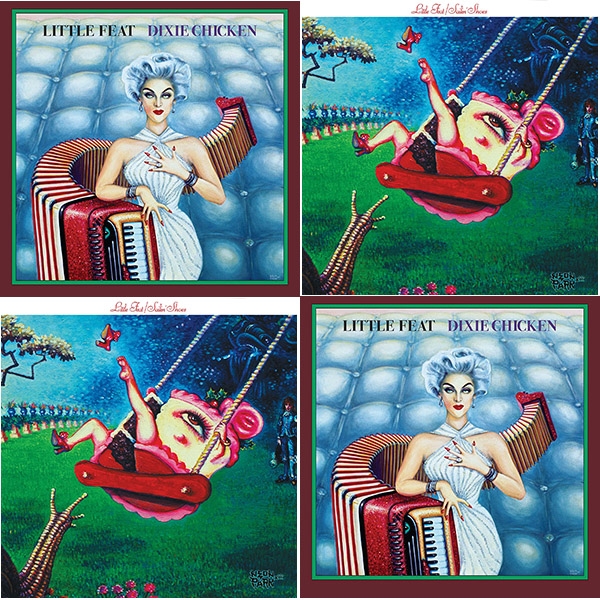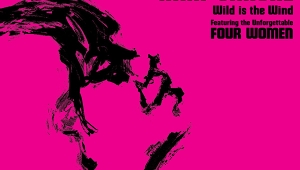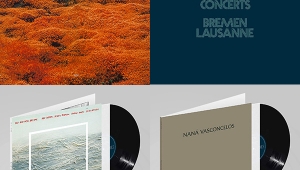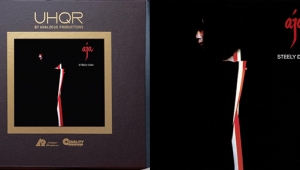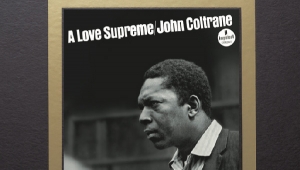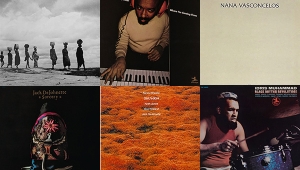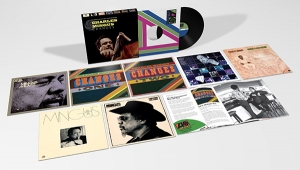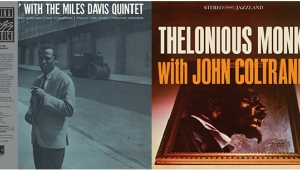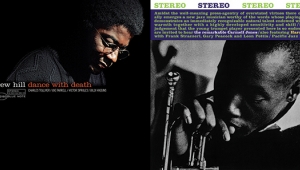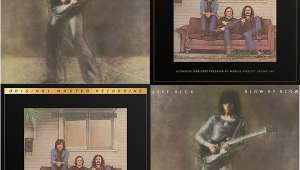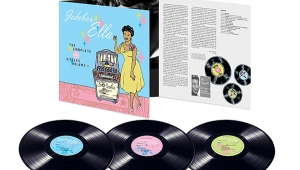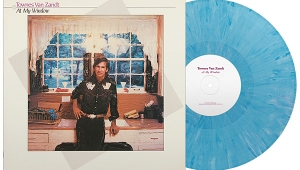| Columns Retired Columns & Blogs |
While some say that the product isn't up to the original vinyl standards (and that may be true as I haven't heard it), I found the Qobuz HD versions to sound very nice.
The extra content is great and sounds up to snuff of the rest of the main LP's. I hope I can afford those with all of the Tom Waits' remastered records hitting next month (and even more Neil Young archival stuff too).
